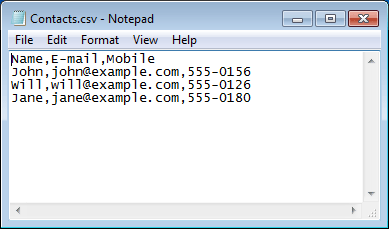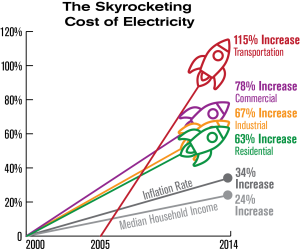Windows, Linux and Mac OS are known to all. But what is an operating system and how does it work? This article provides a rough overview of the operation of an operating system and lists issues to keep in mind when it comes to security. The use of the python csv reader comes handy there.
What is an operating system?
An operating system consists of several programs that are needed to work with the computer at all. The operating system is loaded after booting the computer by booting. It serves as a basic requirement

Tasks of the operating system
First, an operating system provides a user interface to work with the computer. In addition, the operating system contains interfaces (API) between the hardware and the application programs so-called hardware drivers) and manages the resources such as storage space or printer jobs.
Since a processor (CPU) with only one core can only handle one instruction of the running program processes, the operating system manages the individual requests e.g. by sequencing, process change, etc.
We would like to clarify the tasks of an operating system with the following example: You want to play the newest online game and start the installed game on your computer. The game consists of sounds, pictures, film sequences and also requires Internet access. The operating system recognizes the various components and starts the programs required in each case. These programs then send information via interfaces (API) to the operating system, for example to output the game music, to play the film or to load data from the Internet. Using the hardware drivers, the operating system passes the required information to the hardware, such as the sound card or the network card, so that the individual tasks can be done. The game is running.
Operating systems and security
Also with the topic operating systems, some safety aspects must be considered, in order to minimize attack points. This is especially true when operating systems are installed on security-critical enterprise servers. The following points should be noted:
Minimal system
The operating system should only have the essential programs installed. All other unnecessary programs should be removed as they can potentially address security vulnerabilities and cause damage, as well as taking up unnecessary disk space.
Correct configuration
Most operating systems which are often pre-installed on the computer come with a standard installation, with almost all functionalities enabled. For safety-critical systems, an individual installation should be selected so that unneeded functionalities are switched off. It should also be paid attention to whether the operating system independently sends information to the manufacturer. One prominent example is Windows 10, which submits personal information to Microsoft without asking for it for instructions on privacy settings, see the guide.
User accounts
Only set up user accounts that are needed and delete unnecessary ones e.g. ex-employee or test user with standard passwords. If you surf the Internet a lot, you should think about a user account with limited rights. A separate user account without administrator rights can be created in the operating system.
Lock ports
Especially with company servers that are only intended for one or a few services, ports that are not required should be blocked.
Current versions or patches
That also the operating system should be kept up to date is self-explanatory. First and foremost, it is important that the security updates are immediately downloaded after the release.






